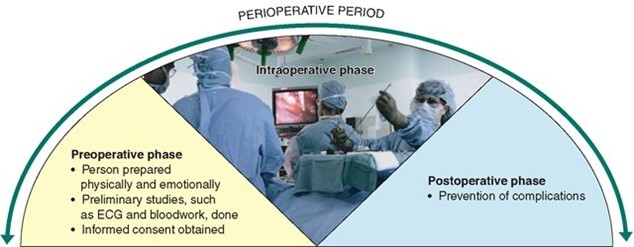The practical nurse (PN) is reviewing instructions for the use of pilocarpine eye drops with a client who has glaucoma. The client states, "I should use these drops to anesthetize my eye if I experience eye pain.”. Which action should the PN implement?
Ask the client to describe the intensity of the eye pain using the numerical pain scale.
Remind the client that the action of the eye drops is to decrease internal eye pressure.
Document in the chart that the client understands the action and use of the eye drops.
Clarify with the client that eye pain in glaucoma is uncommon, so drops are rarely needed.
The Correct Answer is B
Choice A rationale:
Asking the client to describe the intensity of the eye pain using the numerical pain scale is not the most relevant action in this situation. The client's statement indicates a misconception about the purpose of pilocarpine eye drops, so addressing this misunderstanding should be the focus.
Choice B rationale:
Reminding the client that the action of the eye drops is to decrease internal eye pressure is the appropriate action. Pilocarpine eye drops are used to treat glaucoma by reducing intraocular pressure, not to anesthetize the eye.
Choice C rationale:
Documenting in the chart that the client understands the action and use of the eye drops might be necessary but should not be the first action taken. The priority is to correct the client's misunderstanding about the eye drops.
Choice D rationale:
Clarifying with the client that eye pain in glaucoma is uncommon, so drops are rarely needed, is not accurate. While eye pain might not be a common symptom of glaucoma, pilocarpine eye drops are specifically used to manage intraocular pressure and are not intended to address eye pain.
Nursing Test Bank
Naxlex Comprehensive Predictor Exams
Related Questions
Correct Answer is B
Explanation
Tell the client that the PN will verify that the dispensed medication is the valid prescription. Choice A rationale:
Explaining that the healthcare provider probably prescribed a different medication while the client is hospitalized (Choice A) may create confusion or concern for the client. It is essential to reassure the client and take appropriate action to address the discrepancy in the appearance of the medication.
Choice C rationale:
Explaining that the pharmacy often substitutes generic equivalents for more expensive brands (Choice C) is not applicable in this situation since the client is expressing concern about the appearance of the medication prescribed by the healthcare provider, not a substitution by the pharmacy.
Choice D rationale:
Telling the client that he is probably confused since being hospitalized tends to disorient clients (Choice D) is dismissive of the client's concerns. It is crucial to acknowledge the client's observation and address the issue professionally.
Correct Answer is ["B","C","D"]
Explanation
These are the information that the PN should obtain prior to administering pain medication to an adult postoperative client because they help to assess the client's current pain level, response to previous medication, and need for further intervention. The PN should also document this information in the medical record and report any changes or concerns.

A. Height and weight of client prior to admission are not relevant for administering pain medication and may not affect the dosage or route of the medication.
E. History of pain medication use during the past year is not relevant for administering pain medication and may not indicate the client's tolerance or preference for the medication.
Whether you are a student looking to ace your exams or a practicing nurse seeking to enhance your expertise , our nursing education contents will empower you with the confidence and competence to make a difference in the lives of patients and become a respected leader in the healthcare field.
Visit Naxlex, invest in your future and unlock endless possibilities with our unparalleled nursing education contents today
Report Wrong Answer on the Current Question
Do you disagree with the answer? If yes, what is your expected answer? Explain.
Kindly be descriptive with the issue you are facing.
